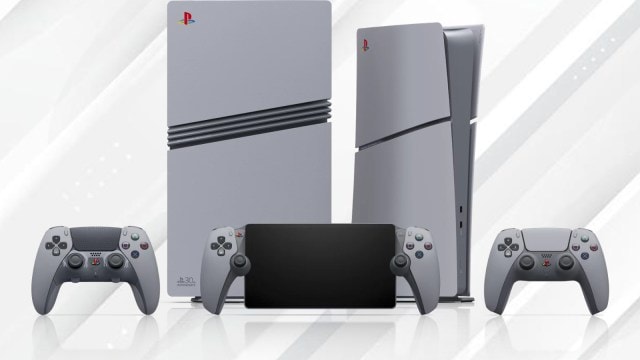Sony’s next console, PlayStation 6, still “a few years” away; new graphics specs revealed
The new GPU architecture will also benefit from advances in AMD's FSR Redstone, which is its AI-assisted upscaling technology.
 Mark Cerny PS6 release date, Jack Huynh AMD Sony graphics technology, PS6 GPU advancements, graphics upscaling, ray tracing, path tracing, AMD RDNA architecture consoles, Radiance Cores, Nvidia RT Cores, GPU performance boost, shaders, textures, AMD FSR Redstone, AI-assisted upscaling, Neural Radiance Caching, Universal Compression, Delta Colour Compression, GPU bandwidth, higher frame rates, PlayStation handheld rumour, PS5 Power Saver mode. (Image: Reuters)
Mark Cerny PS6 release date, Jack Huynh AMD Sony graphics technology, PS6 GPU advancements, graphics upscaling, ray tracing, path tracing, AMD RDNA architecture consoles, Radiance Cores, Nvidia RT Cores, GPU performance boost, shaders, textures, AMD FSR Redstone, AI-assisted upscaling, Neural Radiance Caching, Universal Compression, Delta Colour Compression, GPU bandwidth, higher frame rates, PlayStation handheld rumour, PS5 Power Saver mode. (Image: Reuters)The launch of Sony’s next gaming console, likely the PS6, is still “a few years time” away, according to Mark Cerny, the lead architect for the PS5 and PS5 Pro. Cerny and Jack Huynh of AMD recently discussed several graphics technology advancements developed for this future console, cautioning that the innovations are only in “simulation right now.”
The core of the partnership focuses on making it easier for future GPUs to handle complex visual effects like graphics upscaling, ray tracing, and the resource-heavy path tracing used to create highly realistic game worlds. Cerny stated that the “current approach has reached its limit,” leading Sony and AMD to integrate parts of AMD’s RDNA architecture into upcoming console hardware.
Huynh introduced new Radiance Cores. These are dedicated processors, similar to Nvidia’s RT Cores, built specifically to manage ray tracing and path tracing. The goal is a performance boost, allowing other GPU components to process shaders and textures faster. These cores are expected in both the next Sony consoles and AMD’s future desktop GPUs.
The new GPU architecture will also benefit from advances in AMD’s FSR Redstone, which is its AI-assisted upscaling technology. This includes new methods like Neural Radiance Caching.
Another key improvement is in compression, which aims to free up more bandwidth for the GPU to run games at peak performance. Sony is moving beyond the Delta Colour Compression used on the PS5. The new hardware will use Universal Compression, a more efficient method that compresses virtually everything in the rendering pipeline. Huynh claims this will deliver “more detail, higher frame rates, and greater efficiency.”
These efficiency gains are also relevant to a rumoured PlayStation handheld device. Reducing stress on the GPU could be applied to smaller devices, building on Sony’s existing Power Saver mode on the PS5, which cuts performance to lower power usage.
In essence, Sony is being proactive in showcasing how it is developing highly capable GPUs for its next generation of devices, promising a significant jump in visual fidelity and efficiency.







